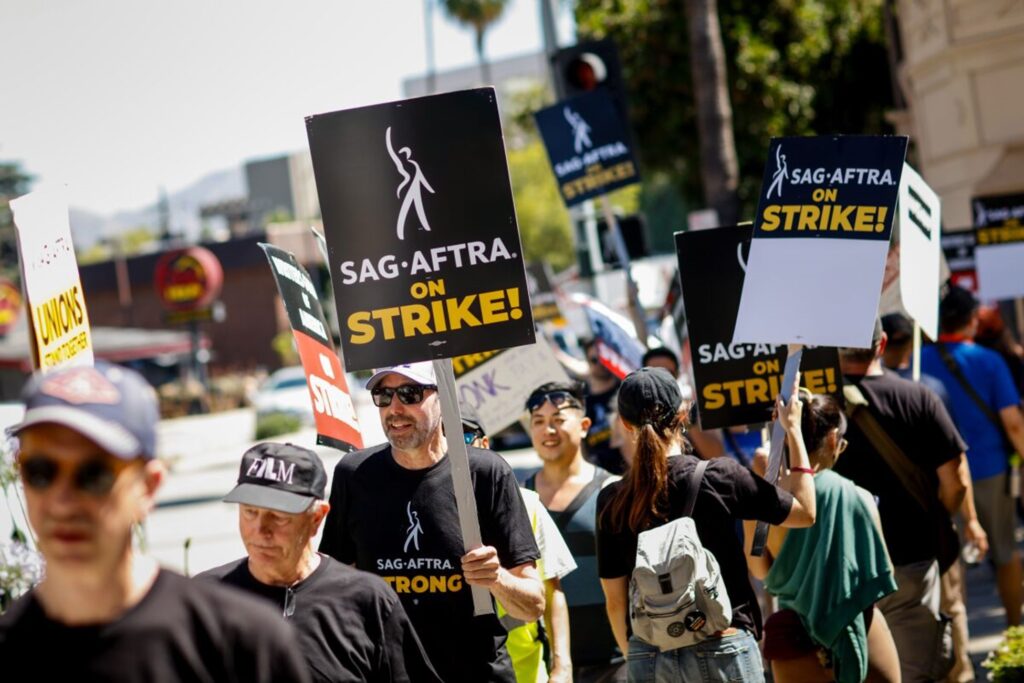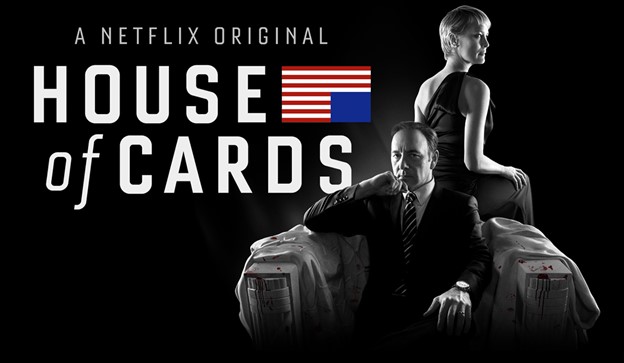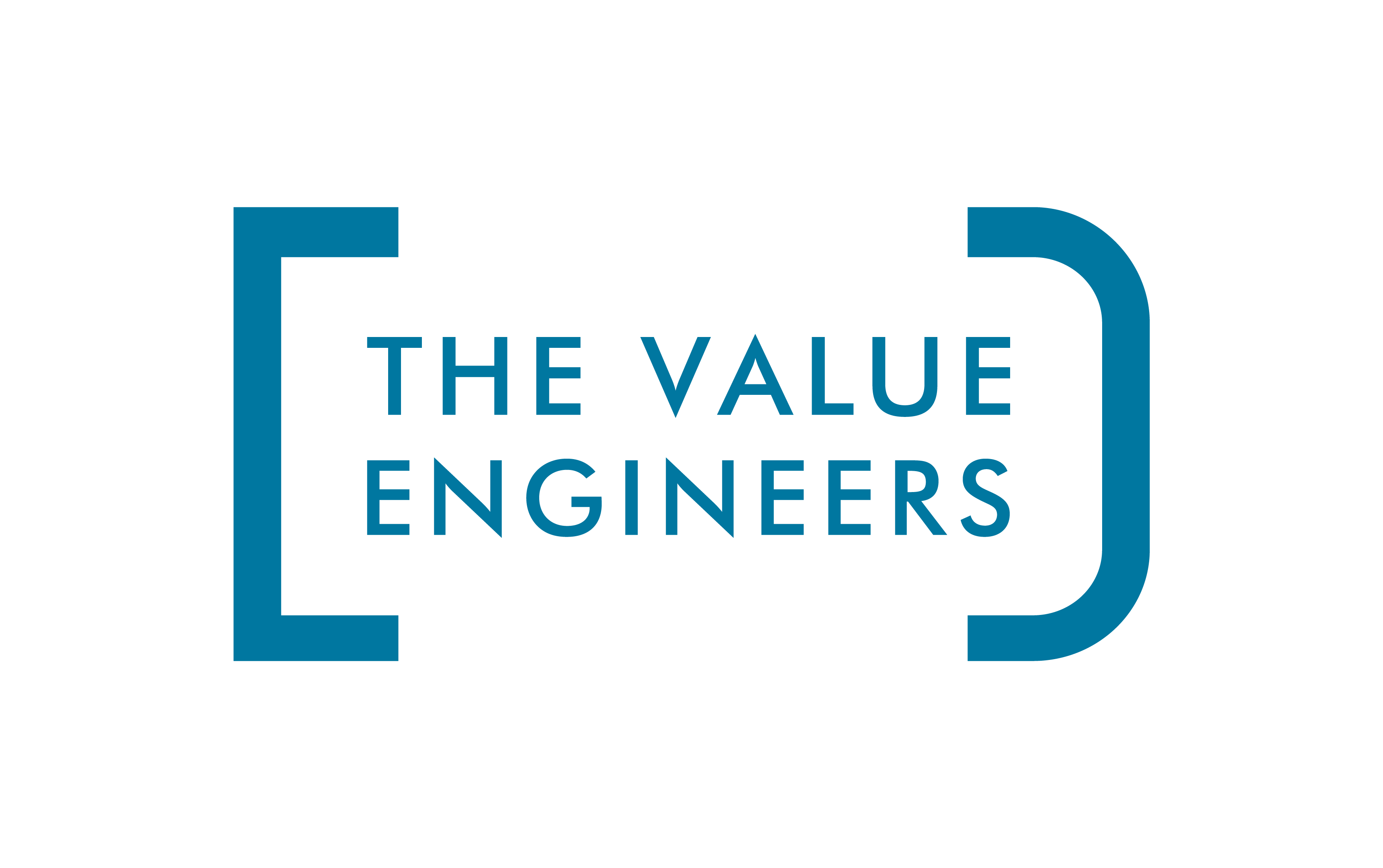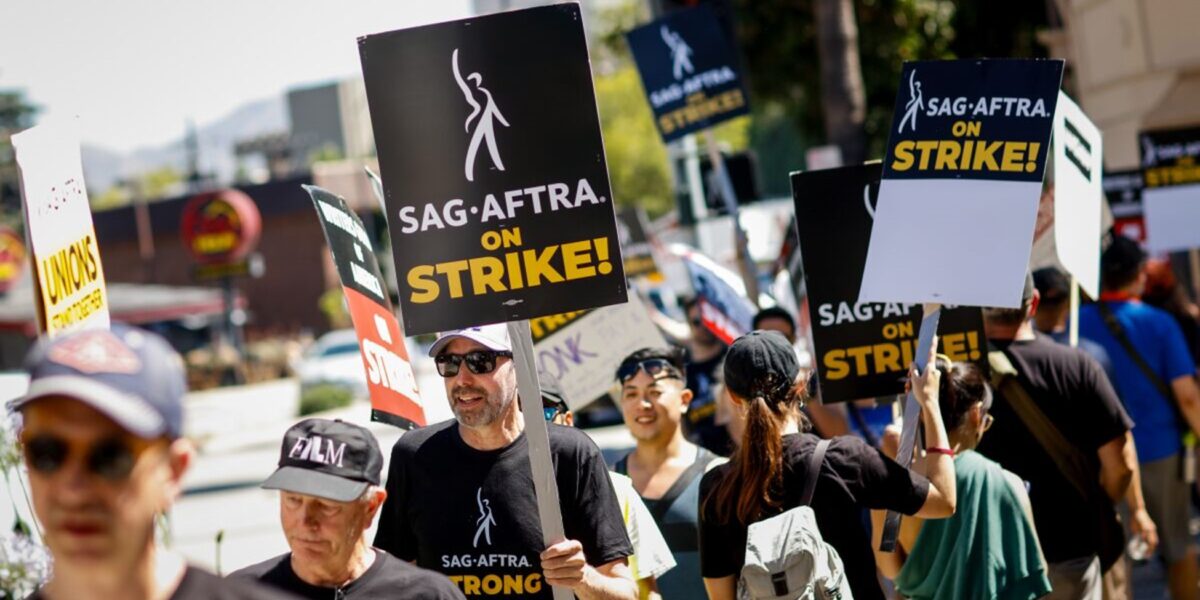With the emergence of AI/ML that enable creation without human creators, concerns are rising among the global filmmaking industry. Star actors are worried about losing control over their valuable likenesses. Less-known actors are concerned about being replaced entirely. Screenwriters and directors are concerned about having to share credit or potentially losing authority to generative models.
How did AI/ML tools, which were originally developed to provide customized content to match each audience’s interest, turn into an evil machine that caused turmoil among all groups? Let us find out.
An extremely brief history of AI in filmmaking
Since the early 2000s, filmmakers have harnessed the power of AI and machine learning to revolutionize the art of filmmaking. Initially, AI was employed to enhance films with captivating special effects and other computer-generated imagery (CGI). As time progressed, these AI tools evolved to play a more pivotal role in the film industry, with directors using them for tasks ranging from facial recognition technology to writing scripts and making data-driven choices about plot design. After 2010, notably, one streaming giant that we are all familiar with, Netflix, has significantly propelled the prominence of AI and ML into the limelight.

Members of SAG-AFTRA and the Writers Guild of America picket outside the Warner Bros. studio lot, in Burbank. (Jay L. Clendenin/Los Angeles Times)
AI/ML helped personalization and customization
Machine-learning-based recommendation algorithms have been the core of Netflix products from incredibly early on. The algorithm enables Netflix to provide personalized recommendations to users, taking into account their specific watch, search, and rating history. The platform also identifies subscribers with similar viewing patterns and continuously fine-tunes its recommendations. Without a doubt, the development is successful: 80% of what people played on Netflix came from the recommendation algorithm.
Netflix’s AI adventure did not stop there. In 2010, to build an extensive I.P. portfolio that competitors couldn’t easily replicate, Netflix decided to move into the filmmaking and production business.
Analyzing the wealth of user data, Netflix saw three noteworthy trends: a British show garnered substantial viewership with an exceptionally high completion rate among subscribers. Those who watched this British show also exhibited a preference for movies featuring Kevin Spacey; and lastly, among all his movies, ‘Se7en,’ directed by David Fincher, emerged as the most favored by most viewers. On February 1, 2013, House of Cards was released by Netflix, marketed as the first “Netflix Original” production, directly by David Fincher and starring Kevin Spacey. The political thriller was one of the most popular shows of the 2010s.

House of Cards, Netflix
In the world of making movies, there’s no guarantee, no matter how great the director, famous the actor, or exciting the idea. Sometimes it all comes down to luck and the public. But interestingly, by ticking the boxes that are informed by mass data and algorithms, executives at Netflix knew it would be a hit before anyone shouted “action.”
From ticking the box to homogeneity in filmmaking?
Since then, Hollywood has loved its algorithms, with major production companies adopted the algorithm-driven approach of curation and selection, and stopped relying heavily on audience word of mouth, critic reviews, and human creative minds. Just like HBO’s show ‘Barry’ in which Sally’s TV show got cancelled for “not hitting the right taste clusters” despite a 98% rating on Rotten Tomatoes, there’re always data “experts” claiming that people should follow a set of formulas in order to tell a good story.

Sarah Goldberg as Sally Reed in the ‘Barry’ finale. (Merrick Morton/HBO)
However, with AI emphasizing the patterns and preferences of the majority, unique and diverse storytelling took a backseat. As studios chased the formula for success, content became increasingly homogenized and predictable, resulting in a surge of similar plotlines, character archetypes, and themes.
This is the nature of machine learning algorithms which capitalize on the patterns in human behavior to forecast the probable preferences of the majority. It’s akin to suggesting that since you like eating fries, you would love to have more fries. This approach is undoubtedly effective, yet it does border on the familiar, mirroring how various recommendation algorithms eagerly present you with supposedly “novel” content that you haven’t yet laid eyes on. However, the true artistic finesse emerges when they nudge you toward exploring new flavors, broadening your palate beyond the confines of your usual favorites. Only creative human minds could have made something like 2001: A Space Odessey & Pulp Fiction.
In response to AI-generated content, the Australian musician Nick Cave once wrote, “What makes a great song great is not its close resemblance to a recognizable work. Writing a good song is not mimicry, or replication, or pastiche, it is the opposite.” However, in the quest for guaranteed hits, creative risk-taking suffered and got compromised. Production companies became cautious about exploring innovative ideas or unconventional narratives that might not fit into the AI-predicted success metrics. The focus shifted from artistic expression to a numbers game, stifling the creative spirit of the industry.
Conclusion
While AI’s predictive prowess refines content recommendations, it concurrently ushers in a paradox: a surge of predictable content overshadowing human creativity. The dichotomy between mass appeal and distinctive storytelling underscores the industry’s need to harmonize AI’s insights with the boundless ingenuity of the human mind. How do we wield AI as an assistant that elevates, rather than stifles, human creativity for captivating cinematic experiences would be an ongoing debate.


